
Best Plants for Your Texas Yard
Published: 05/08/2024 | Updated: 05/08/2024
Essential Native Selection: Best Plants for Your Texas Yard
Key Highlights
- Discover the beauty and resilience of Texas native plants.
- Explore a curated selection of must-have plants for your landscape.
- Learn about their unique characteristics and care requirements.
- Find answers to FAQs about Texas native plant gardening.
- Create a stunning and sustainable landscape with these essential plants.
Introduction
Enhancing your Texas landscape with native plants is a beautiful way to achieve a thriving and sustainable garden. These plants have adapted to the state's unique climate, making them more resilient and easier to maintain than non-native species. By incorporating these hardy plants into your yard, you can create a landscape that flourishes in the Texas heat while conserving water and supporting local ecosystems. Additionally, choosing drought-tolerant plants for your North Texas home, such as those listed in this guide, can help create a low maintenance landscape that is both beautiful and environmentally friendly. In general, drought-tolerant plants in Texas make sense for those looking for a sustainable and resilient garden.


10 Must-Have Native Plants for Your Texas Landscape
Choosing the right plants for your Texas yard can be a delightful yet challenging task. With so many stunning native options available, it's essential to select those that will thrive in the local climate and complement your landscape design. This carefully curated list features 20 must-have native trees and plants that will transform your yard into a vibrant and flourishing oasis.
From iconic wildflowers to versatile shrubs, these plants offer various colors, textures, and sizes to suit any garden style. Let's get started!
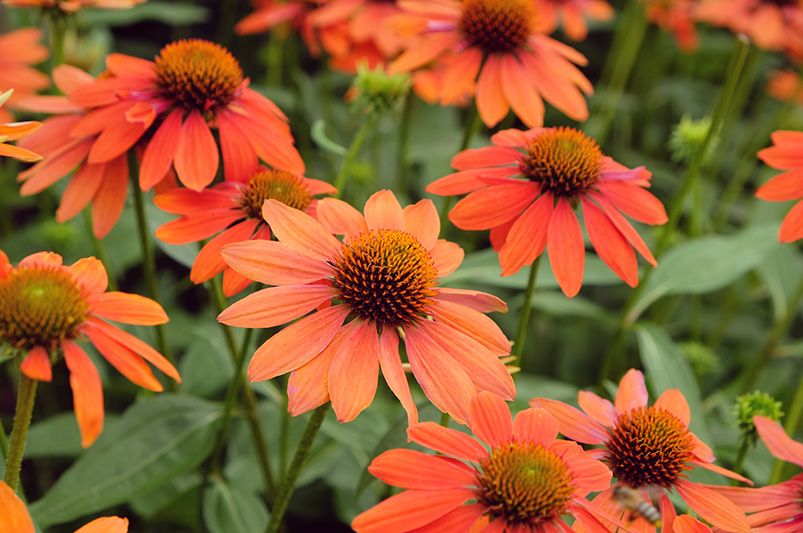
1. Coneflower (Echinacea)
Coneflower, also known as Echinacea, is a quintessential native plant for Texas yards. With its striking purple flowers and drought tolerance, coneflowers add vibrant color and low maintenance beauty to your landscape. These perennials thrive in full sun and are a favorite amongst pollinators like hummingbirds and butterflies. Echinacea is an excellent choice for gardeners seeking a resilient and visually appealing addition to their perennial beds. Experience the Texas landscape in full bloom with the delightful coneflowers gracing your yard in late summer, lasting until the first fall frost.
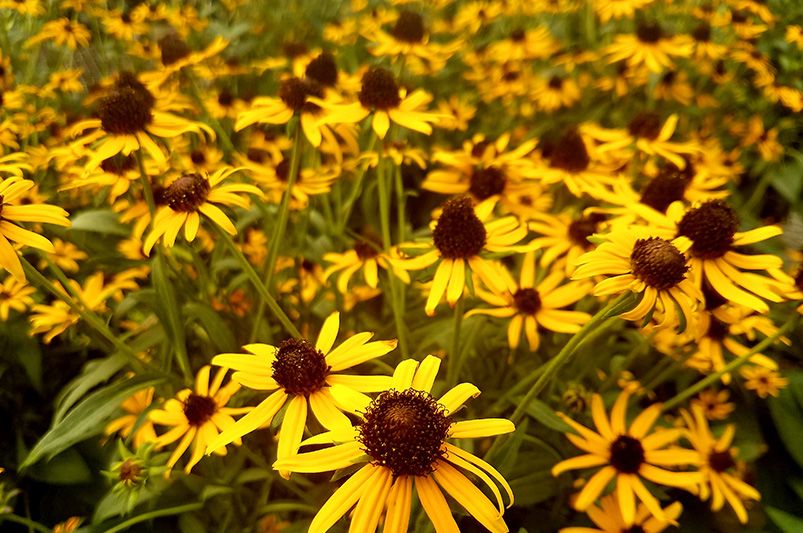
2. Black-eyed Susan (Rudbeckia hirta)
Black-eyed Susan, also known as Rudbeckia hirta, is a vibrant addition to any Texas yard. With its striking yellow flowers, this native plant thrives in full sun and is perfect for low-maintenance landscapes. Black-eyed Susans are drought-tolerant, making them ideal for the arid Texas climate. These colorful flowers bloom from late spring through autumn, attracting pollinators like hummingbirds and butterflies. Consider adding Black-eyed Susans to your garden for a pop of color and to support local wildlife.
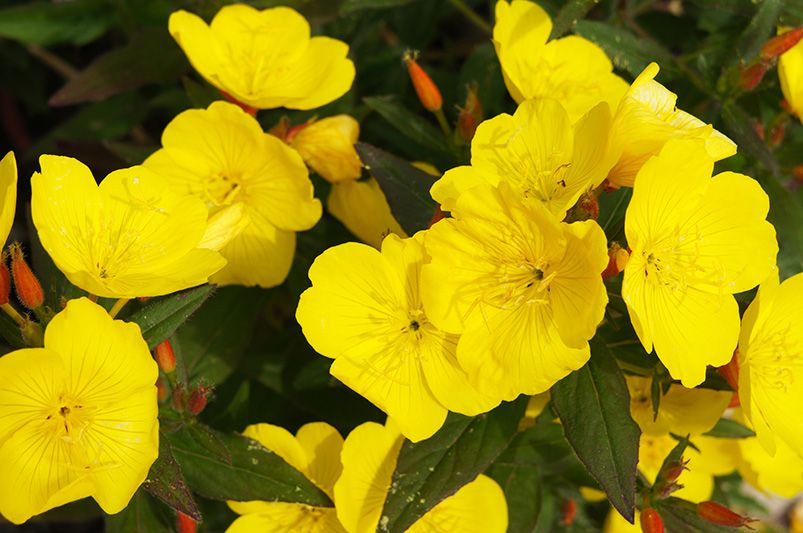
3. Evening Primrose (Oenothera biennis)
Evening Primrose, also known as Oenothera biennis, is a striking addition to any Texas yard. Its yellow flowers bring a pop of color to the landscape, thriving in full sun or partial shade. This Texas native plant is low maintenance, perfect for the busy gardener. With its drought tolerance and ability to thrive in dry conditions, evening primrose is a reliable choice for adding a touch of beauty to your outdoor space. Consider planting it for a vibrant and easy-to-care-for garden, especially in early spring when its yellow blooms can brighten up your yard. Be sure to protect it from hard freezes by covering it when temperatures drop below freezing.
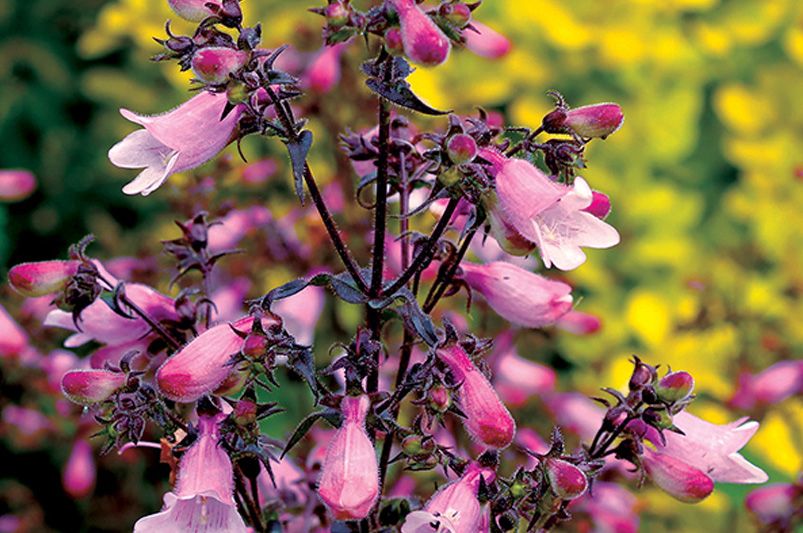
4. Penstemon (Penstemon)
Penstemon, also known as Beardtongue, is a vibrant Texas native plant that thrives in full sun. These low-maintenance perennials feature tubular flowers in shades of pink, red, or purple, attracting hummingbirds and pollinators to your yard. With their tolerance to drought conditions and ability to withstand Texas heat, penstemons are a great addition to perennial beds or rock gardens. Their colorful blooms, along with their foliage, make them a delightful choice for adding a splash of color to your Texas landscape.
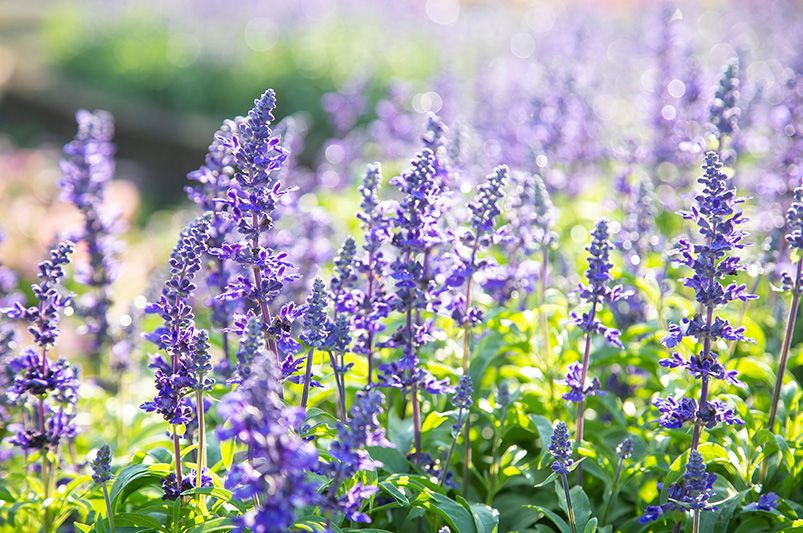
5. Sage (Salvia)
Sage, known for its aromatic foliage and colorful flowers, is a fantastic addition to any Texas yard. This native plant thrives in the dry conditions and compact shrub forms, making it a low-maintenance choice for gardeners. With its drought tolerance and vibrant blooms, sage (salvia) is a must-have for its beauty and resilience, even in part shade. Whether used in perennial beds or as a focal point in rock gardens, sage (salvia) is a must-have for its beauty and resilience, and it can benefit from occasional irrigation to thrive in the Texas heat.
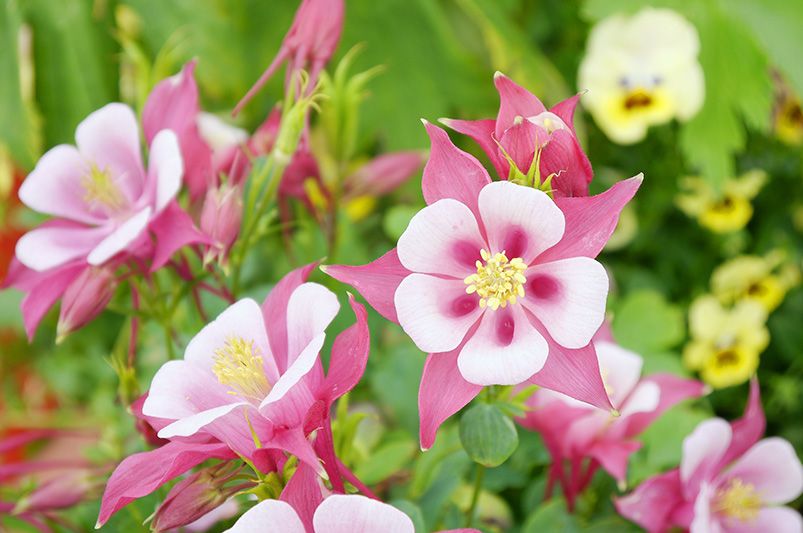
6. Columbines (Aquilegia)
Columbines, also known as Aquilegia, are a delightful addition to your Texas yard. These native plants with colorful flowers thrive in the Texas landscape, offering a burst of beauty. With their unique shape and vibrant hues, columbines attract pollinators like hummingbirds, adding life to your garden. They do well in partial shade and moist soil, making them versatile for various conditions. For a stunning and low-maintenance option that brings joy to your yard, consider planting columbines.
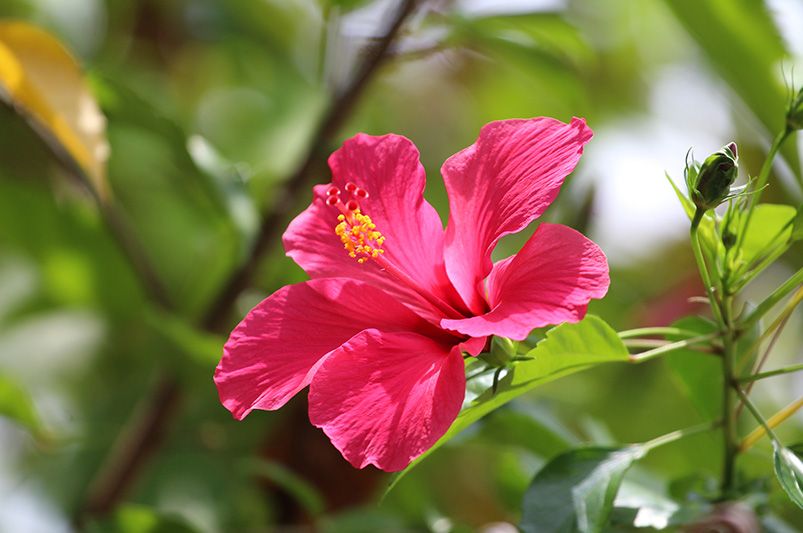
7. Hibiscus (Hibiscus)
Known for their vibrant and colorful flowers, hibiscus plants are a must-have for your Texas yard. These native plants thrive in the Texas sun and add a pop of color with their striking blooms. With their drought tolerance and low maintenance nature, hibiscus plants are an excellent choice for any gardener looking to add a touch of beauty to their landscape. Consider planting hibiscus to attract pollinators and enjoy their stunning blooms throughout the season.
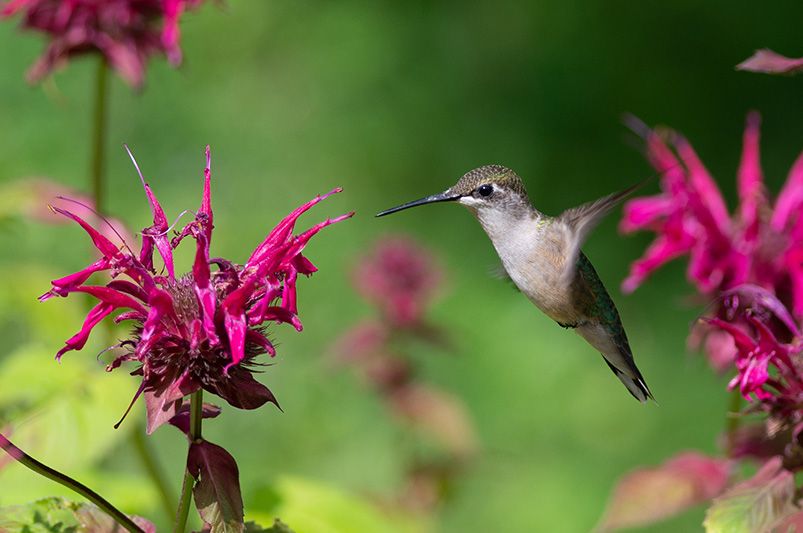
8. Bee Balm (Monarda)
Bee balm, also known as Monarda, is a vibrant addition to Texas yards. With striking red, pink, or purple flowers, this plant attracts pollinators like hummingbirds and butterflies. Its drought-tolerant nature makes it a low-maintenance choice for your garden. Bee balm thrives in full sun but can also tolerate partial shade, adapting well to various soil types. Consider incorporating bee balm into your landscape for its colorful blooms and ability to endure Texas' dry conditions.
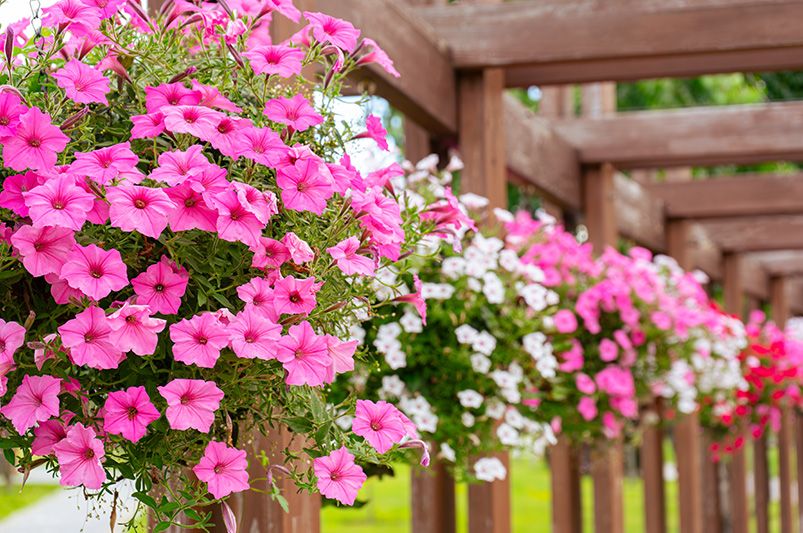
9. Petunias (Petunia)
Petunias, with their vibrant hues and versatility, are a must-have for your Texas yard. These Texas-native plants thrive in full sun, offering a burst of color in your garden. Their drought tolerance and low maintenance make them a perfect choice for the dry conditions of the Lone Star State. Whether cascading from hanging baskets or accentuating perennial beds, petunias add a touch of elegance with their colorful flowers. Enhance your landscape with these stunning blooms and other beautiful perennial flowers, without worrying about any pest or disease problems.
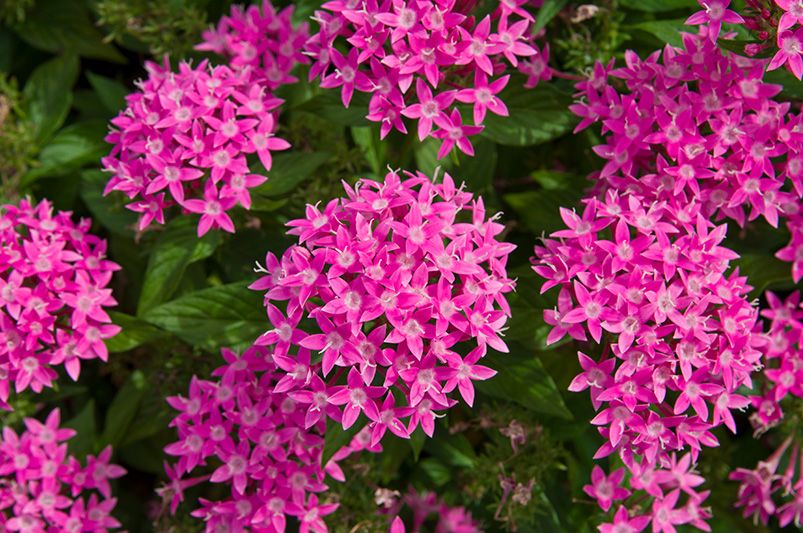
10. Pentas (Pentas)
Pentas, also known as Pentas lanceolata, are vibrant and attractive Texas natives. These low-maintenance plants thrive in the full sun, making them ideal for the Texas landscape. With their colorful flowers attracting pollinators like hummingbirds and butterflies, pentas add a delightful touch to any yard. Their drought tolerance and compact shrub-like nature make them a great addition to perennial beds or rock gardens. In the fall, northern cardinals and other birds love to feast on the berries of pentas. For a burst of color and ease of care, pentas are a must-have for your Texas yard.
Conclusion
In conclusion, incorporating native plants into your Texas yard not only enhances its beauty but also contributes to the local ecosystem. With their adaptability to the Texas climate, these plants require less maintenance and water, making them a sustainable choice for landscaping. By attracting pollinators and wildlife, native plants create a vibrant and dynamic outdoor environment. Consider adding these 20 must-have native plants to your landscape for a thriving and colorful yard that benefits both you and the environment. For more gardening tips and insights, don't forget to share this valuable information on social media to inspire others to embrace native plant gardening in Texas.
Frequently Asked Questions
What are the benefits of planting native plants in Texas?
Planting native plants in Texas offers numerous benefits, including low maintenance, drought tolerance, and support for pollinators and wildlife. Native plants are naturally adapted to the local climate and soil conditions, reducing the need for excessive watering, fertilizers, and pesticides.
What are the best plants for a Texas yard?
The best plants for a Texas yard are those that can tolerate the state's heat, humidity, and varying soil types. Some popular choices include Texas native varieties like Lantana, Salvia, and Yaupon Holly, which thrive in full sun to partial shade.
How do I care for native plants during Texas summers?
Caring for native plants during Texas summers involves providing regular watering during prolonged dry heat, ensuring good drainage, and choosing species that are well-suited to the soil types in your yard. Mulching around plants can help conserve moisture and regulate soil temperature.
What are some drought-resistant plants that are suitable for a Texas yard?
Many drought-resistant plants thrive under the Texas sun. Consider options like Texas Sage which tolerates poor soil conditions and requires minimal watering once established, making them ideal for water-wise gardening.
Which plants attract pollinators and wildlife in a Texas yard?
Attract pollinators and wildlife to your Texas yard by planting a variety of native species with colorful flowers. Consider options like Coneflower, Bee Balm, and Salvia to create a vibrant and inviting habitat for these beneficial creatures, enhancing your garden ecosystem.


